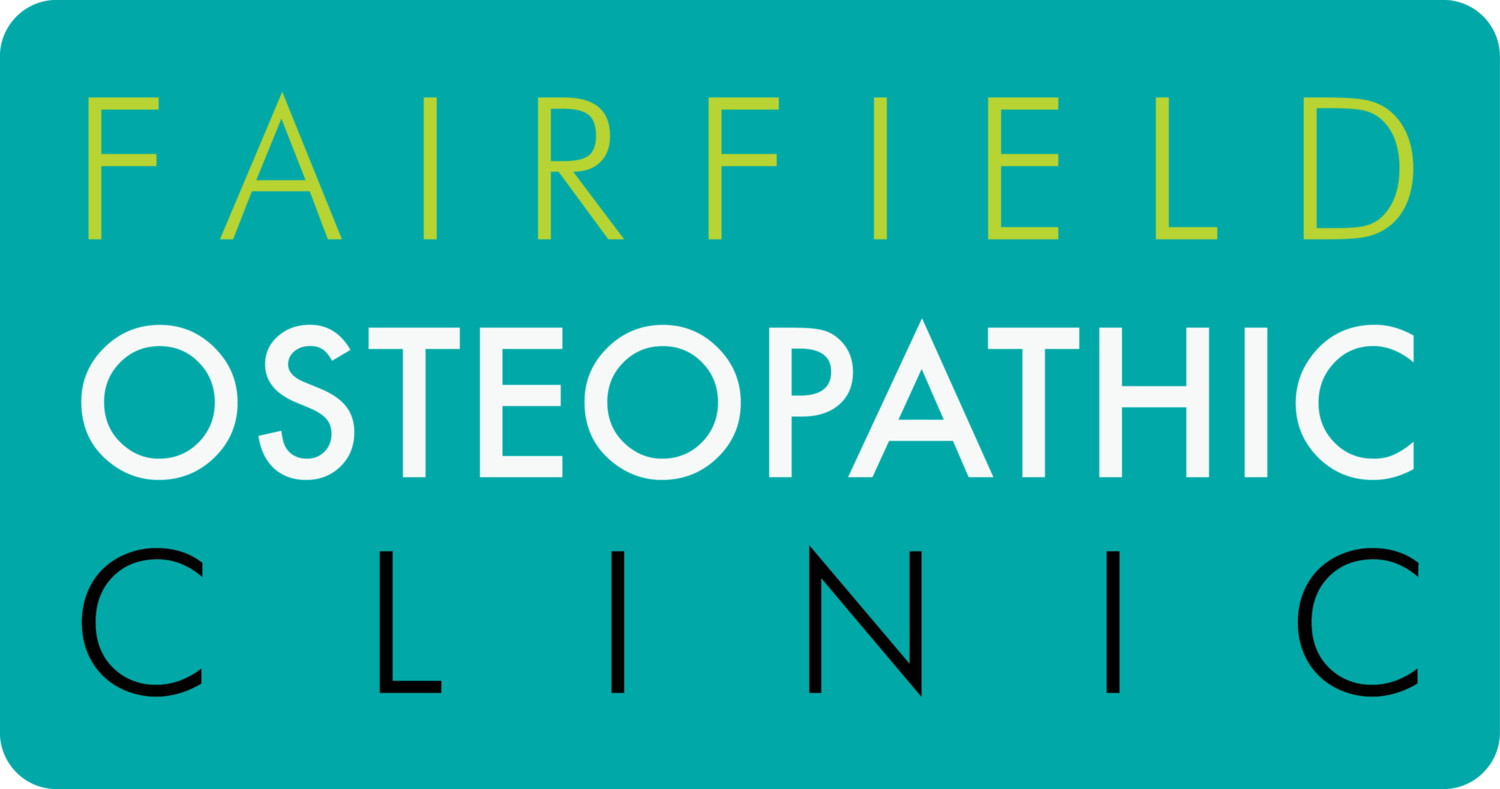Slow and steady wins the race
The simple solution for the complex problem
When pain hangs around for longer than expected this can be immensely frustrating for patients. But when problems are complex and recalcitrant they can also be frustrating for practitioners.
A complex problem requires patience from both parties. If a patient has a story of brokenness, then it takes the right information, at the right time provided in the right way for that person to help turn that story into one of hope.
So many of us are pressed for time and aren't we all searching for the simple, immediate solution to any problem?
Often a simple and effective solution can be manual therapy. Good practitioners can be really good at providing an immediate relief for pain. Whether it lasts is another story and the transient relief for patients can be at once addictive and ultimately frustrating.
A good practitioner will combine manual therapy and education. Education comes in multiple forms, knowledge about why it hurts, and information about pain can help redirect the assumption of brokenness.
Education can also be advice about unhelpful behaviours, thoughts or beliefs. And it most certainly should involve having a discussion about the true
A good clinician will help find your baseline for activities and armed with good knowledge, your brain and body will know you're safe even if you experience some discomfort.
A fair amount of frustration exists around trying to increase physical activity, which as we know from the literature (and the media) is a magic bullet (1). But many people have the experience that simply increasing the amount they move increases their pain. Often, they'll take the weekend warrior approach. They join a gym and do a body balance class and end up crawling in for pain relief as their low back and neck are screaming at them. If the alarm bells are ringing and you're getting negative feedback from every part of you it's hard to make the connection that it's a) good for you, and b) we need to do more of it and finally c) do it forever.
A good clinician will help find your baseline for activities and armed with good knowledge, your brain and body will know you're safe even if you experience some discomfort.
I listened recently to a great podcast with Neil Pearson, who is a physical therapist in Canada, who uses graded exposure to therapeutic yoga to help people with complex pain problems. But it doesn't have to be yoga that gets you there. The simple and free option is walking.
What is graded exposure?
Graded exposure is a fancy way of saying that you need to start with a small amount of something that threatens you and as your brain and body tolerate it, add in a bit more the next day until you can participate in an activity you enjoy without a backlash.
So what does a graded exposure program to walking look like?
Start with a baseline of 10 minutes per day at around 65% of your maximum heart rate. In the range of comfortably carrying on a conversation. Up the benefits and go with a friend.
You need to assess how you feel afterward. If you have any adverse effects, ask yourself, do they last five minutes, five hours or five days? Depending on the answer, you need to increase or decrease the amount of time and effort you are making with walking. As a guide, anything more than a three hour increase in discomfort means you're overdoing it. Remember though to pay attention to your response AFTER your walk, not during, as this is a better indicator of how irritable your body and brain is.
If you don't overdo it, you'll improve so rapidly that after only a week you'll want to start increasing the amount of time, slowly now, to get to the point where you can walk for 45-60 minutes. It might take eight weeks or it might take six months, depending on how your body responds.
When you reach the 60 minute range, you'll be improving brain health, fighting Alzheimers, etc, you'll definitely be burning fat, if that's your extra goal achieved.
When you can comfortably walk in this time range with no negative repercussions, you can add in some moderate intensity exercise, like a 30 second jog, and then another 30 second jog later in the walk around 75% of your maximum heart rate. Once you've worked up to 6 x one minute jogs, then you're ready to add in some additional activities that take your fancy.
Strength work, flexibility and high intensity exercise come after all this preparation. You'll be so much more connected to what your body might want to achieve and what you might enjoy. If you enjoy being out in the sunshine, then there are myriad options at your disposal. Do something you like, do it with a friend and do it for your mental health, as well as to improve your pain.
1. http://www.canberratimes.com.au/act-news/exercise-could-be-the-answer-to-solving-one-of-australias-biggest-health-burdens-20160809-gqo8bi.html

